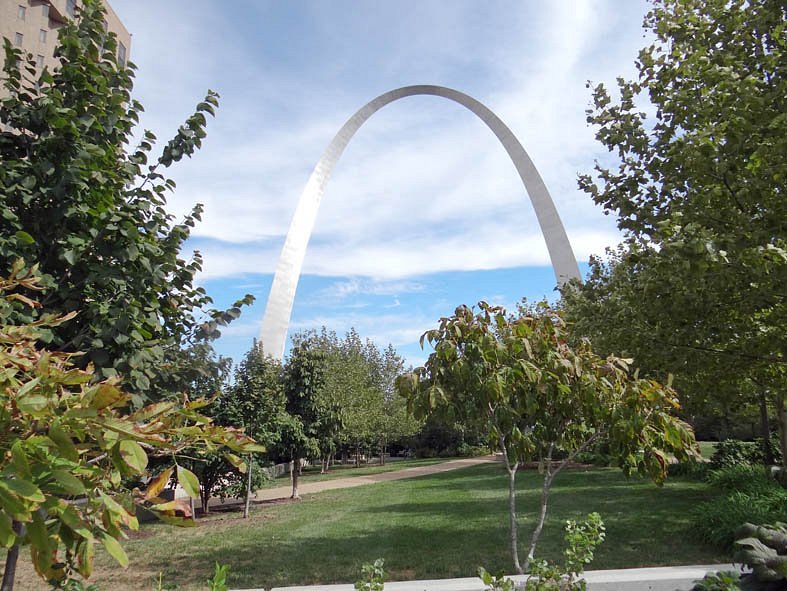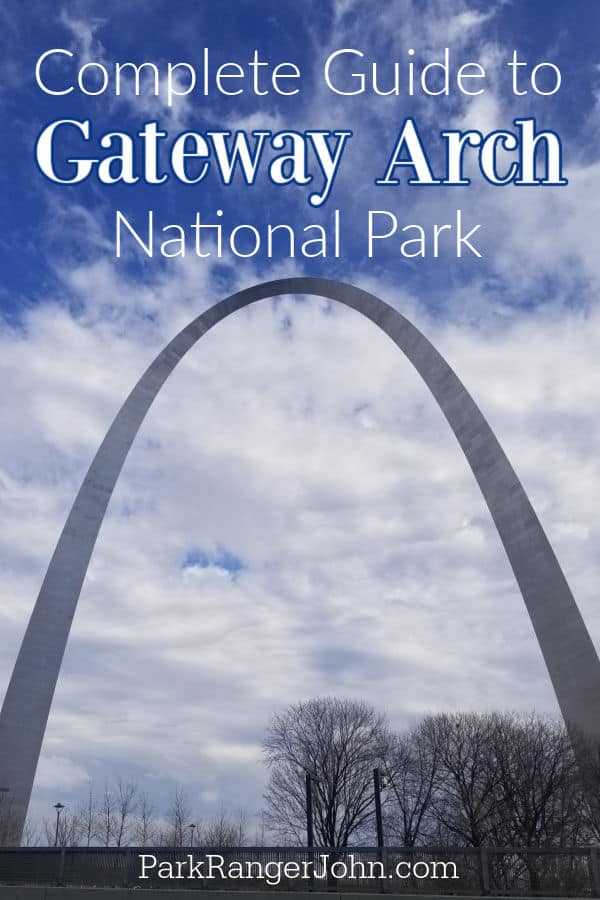Gateway Arch National Park parking: Advice for Easy Access to the Arch
Gateway Arch National Park parking: Advice for Easy Access to the Arch
Blog Article
Discover the Historic Importance of Gateway Arch National Forest in St. Louis, MO
The Gateway Arch National Park in St. Louis, Missouri, serves as a profound symbol of America's historical story, encapsulating motifs of westward development and exploration. This architectural wonder, finished in 1965, not only commemorates critical occasions such as the Louisiana Purchase and the Lewis and Clark Expedition but additionally shows the broader desires of a country in change. As we discover its multifaceted value, one must take into consideration how this renowned structure has influenced both the social fabric of St. Louis and the collective memory of the USA. What much deeper tales exist underneath its imposing silhouette?
The Birth of the Entrance Arch
Typically concerned as a famous sign of St. Louis, the Portal Arch was conceived as a monolith to recognize the westward development of the United States. The concept for the Arch emerged during the 1930s in the middle of conversations regarding revitalizing the riverfront area. Designer Eero Saarinen's style was picked in 1947 after a national competitors, reflecting both modernist appearances and historical value.
Construction commenced in 1963, utilizing stainless steel to create a sleek, minimalist type that climbs 630 feet right into the sky. The structure's one-of-a-kind hyperbolic shape was meant to represent the portal to the West, embodying hope and chance. The Arc was completed in 1965, and its commitment took location on October 28, 1965, noting a crucial minute in American building background.
In 2018, the area bordering the Arch underwent considerable restorations, changing it right into Portal Arc National Forest. This upgrade improved visitor ease of access and involvement, strengthening the Arc's function as a central social landmark. The Portal Arch not just stands for St. Louis but also offers as a testimony to the nation's trip, standing as a sign of motivation and collective memory.
Symbol of Westward Development
The Entrance Arc stands as a powerful symbol of westward expansion in the USA, enveloping the spirit of exploration and aspiration that characterized the 19th century. Erected in St. Louis, Missouri, the Arc commemorates the city's duty as a crucial beginning point for inhabitants heading westward along the Oregon and Santa Fe Trails.
As leaders ventured right into the uncharted regions, they lugged with them imagines prosperity and clean slates, driven by the concept of Manifest Fate. The Arch goes beyond plain building elegance; it symbolizes the victories and challenges encountered by those that sought opportunity in the huge, unidentified frontier.
The structure's layout evokes the photo of a gateway, inviting vacationers and dreamers alike to check out the possibility of the American West. It functions as a pointer of the transformative journey that shaped the country, marking the change from a primarily agrarian society to a blossoming land of technology and industry.

Architectural Development and Layout
Remarkable in its design, the Portal Arch is an exemplar of architectural advancement that flawlessly blends type and feature. Developed by engineer Eero Saarinen and architectural designer Cass Gilbert, this famous monument stands at 630 feet, making it the highest arc in the world and a testimony to modern engineering expertise. Its hyperboloid form not only creates a visually striking shape against the St. Louis sky line but also offers a crucial structural function, dispersing weight equally and boosting stability.
Constructed from stainless steel, the Arc's sleek, reflective surface records the altering light throughout the day, creating a vibrant visual experience. The selection of materials and innovative building and construction strategies, including using prefabricated areas, facilitated the Arch's completion in 1965, in spite of the obstacles posed by its ambitious design.
Site visitors can rise to the monitoring deck by means of an one-of-a-kind cable car system, experiencing panoramic views of the Mississippi River and the city below. The combination of aesthetic allure and practical layout exhibits Saarinen's vision of developing a monolith that not only honors America's westward expansion yet also stands as a landmark of architectural success in its very own right.
Social Effect On St. Louis
Located in the heart of St. Louis, Gateway Arch National Park acts as a crucial cultural touchstone for the city and its locals. The Arc is not merely a building marvel; it represents St. Gateway Arch National Park parking. Louis's historical duty as an entrance to the West and mirrors the city's rich heritage. Its presence has promoted a sense of satisfaction among citizens and has actually ended up being an indispensable part of the city's identification
The park brings in millions of site visitors every year, adding significantly to the local economy and fostering a vivid social scene. Events, celebrations, and educational programs focused around the Arch promote community interaction and social exchange, while the bordering landscape works as a gathering area for varied populaces.
In Addition, the Portal Arch has actually influenced countless artists, filmmakers, and musicians, installing itself in the social fabric of St. Louis. It has been included in different kinds of media, signifying durability and development. By linking the past with today, Gateway Arch National Forest not only celebrates St. Louis's historic narrative yet likewise continues to shape its cultural evolution, making it a sign of inspiration for future generations.
Portal Arc in American Memory
A symbol of American aspiration and expedition, the Gateway Arc holds a noticeable place in the collective memory of the country. Made by architect Eero Saarinen, the Arc was completed in 1965 and stands as a testament to America's westward development and the spirit of the frontier. Its streamlined, modernist design contrasts with historic structures, capturing the essence of technology and progression that identifies the American experience.
The Arc not only memorializes the Louisiana Purchase and the Lewis and Clark Expedition however also symbolizes the battles and triumphs of many individuals that added to the country's development. It functions as a focal factor for national pride, bring in countless site visitors every year that seek to get in touch with this symbol of American history.

Final Thought
Finally, Entrance Arch National Park offers as a powerful icon of America's westward development internet and the historic narratives related to it. Its building development and design mirror the desires of a nation, while its social impact reverberates within the city of St. Louis and beyond. Gateway Arch National Park parking. As a monolith to the Louisiana Acquisition and the Lewis and Clark Exploration, the Portal Arch continues to inspire and inform future generations about the transformative journey of the USA
Please visit one of our local supporters - Axis Spine And Orthopedics Specialist Near Me
Report this page